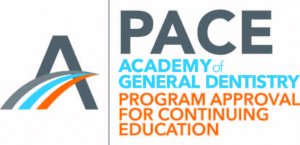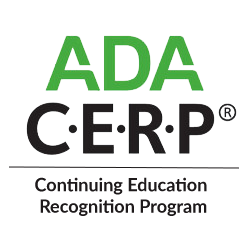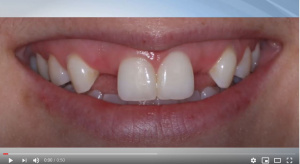Restoration of Complete and Partial Edentulism
Product Details
Gordon J. Christensen, DDS, MSD, PhD
Prosthodontics can and should be a major service and revenue part of your practice! Despite constant education about proper oral hygiene and diet to the over 200 million adults in the US, there are about 40 million patients who are edentulous and nearly 90% of the remaining adults have lost at least one tooth. BUT—which treatment is best for specific situations? Fixed or removable partial dentures, conventional edentulous treatment, copings on teeth and overdentures, or implant-supported “all-on-four” or more implants fixed or removable? Which are the most adequate abutments, Locators, ERAs, spheres, screwed on separate abutments, or screws through the prostheses, or numerous other options? This video summarizes the long-term experience of numerous CR and PCC clinicians and researchers that will guide you and your staff with unbiased answers to these and many other difficult clinical questions.
Closed Captioning available
Table of Contents
- The Many Options Available for Oral Rehabilitative Treatment
- Fixed Prostheses vs. Removable Prostheses
- Abutments for Fixed Prostheses
- What Do You Do if the Implant Is Not Perpendicular to the Occlusal Plane?
- Cementing Crowns over Implant Abutments
- Abutments for Removable Prostheses
- Attachment of Fixed Prostheses Without Screws for Edentulous Situation
- Restoration of Kennedy Class I and II
- Restoration of Kennedy Class III
- Restoration of Kennedy Class IV
- Modifications to the Four Kennedy Classifications
- Incidence of Class I-IV Situations
- Diminishing Use of Clasps Due to Implants
- Restoration of the Edentulous Mandible
- Restoration of the Edentulous Maxilla
- Prosthesis Fixed to Implants for the Edentulous Patient
- Informed Consent and Patient Education
- Conclusion









